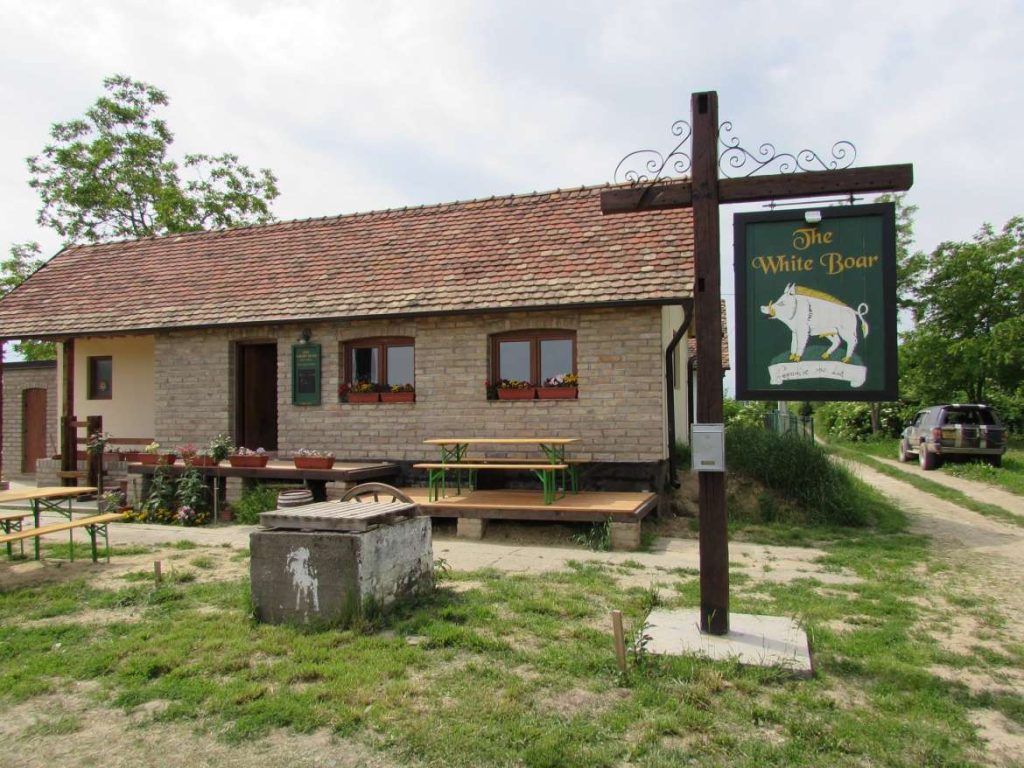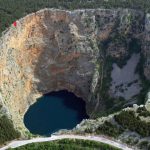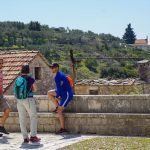January 18, 2020 – Croatia has a diverse tourism offer, but some of its most interesting aspects rarely hit the news. The fascinating story of metal detecting in an around the oldest continuously inhabited town in Europe – 8,300 years of treasure to discover.
It is quite rare for a man from Lancashire to publicly compliment a Yorkshireman, so I will keep this short – one of the most interesting characters I met last year in Croatia was Steve Gaunt from Leeds.
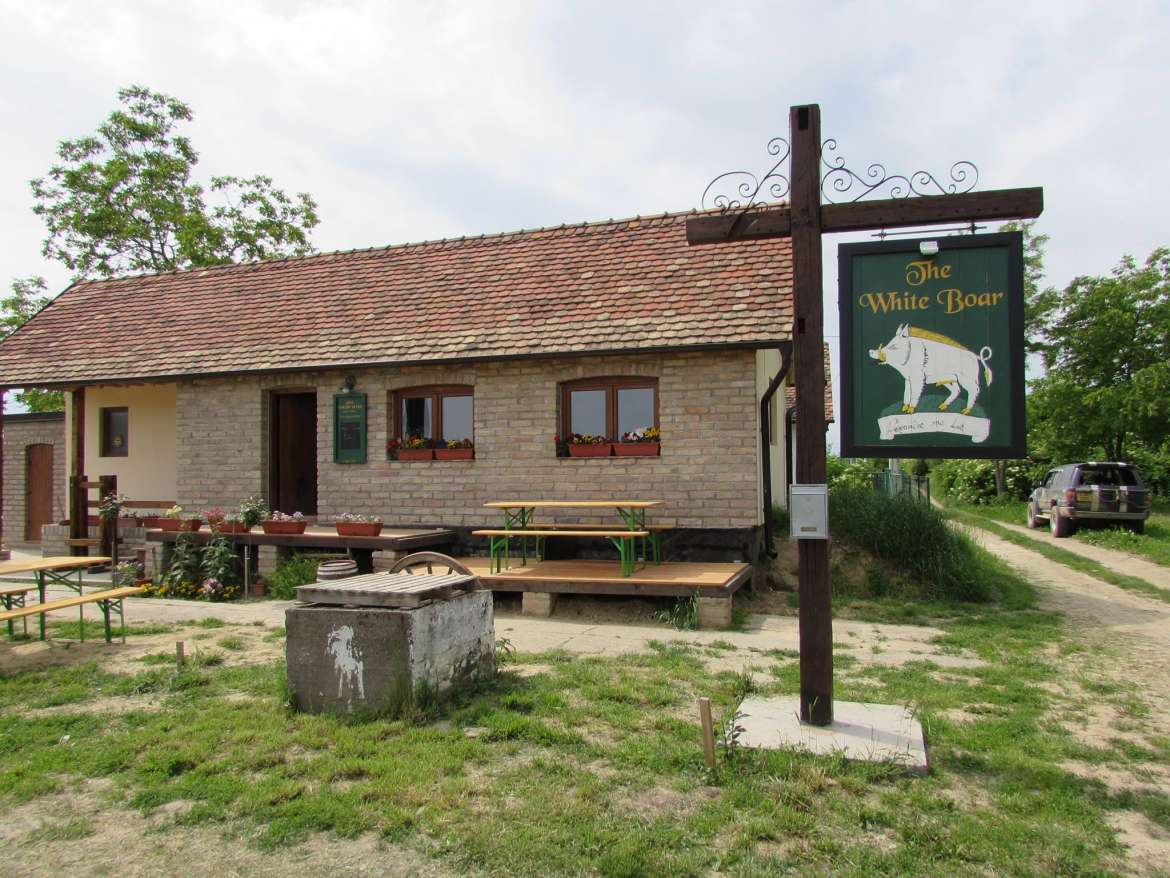
Having discovered that he was the man behind the red London telephone box which stands in the middle of Vinkovci, the oldest continuously inhabited town in Europe, I soon learned that he had made some other, equally quirky contributions to life in and around this historic eastern Croatian town. He introduced Yorkshire puddings to the menu of a Vinkovci restaurant, started producing the first cider in Croatia, and even opened an authentic English pub in the filed literally in the middle of nowhere.
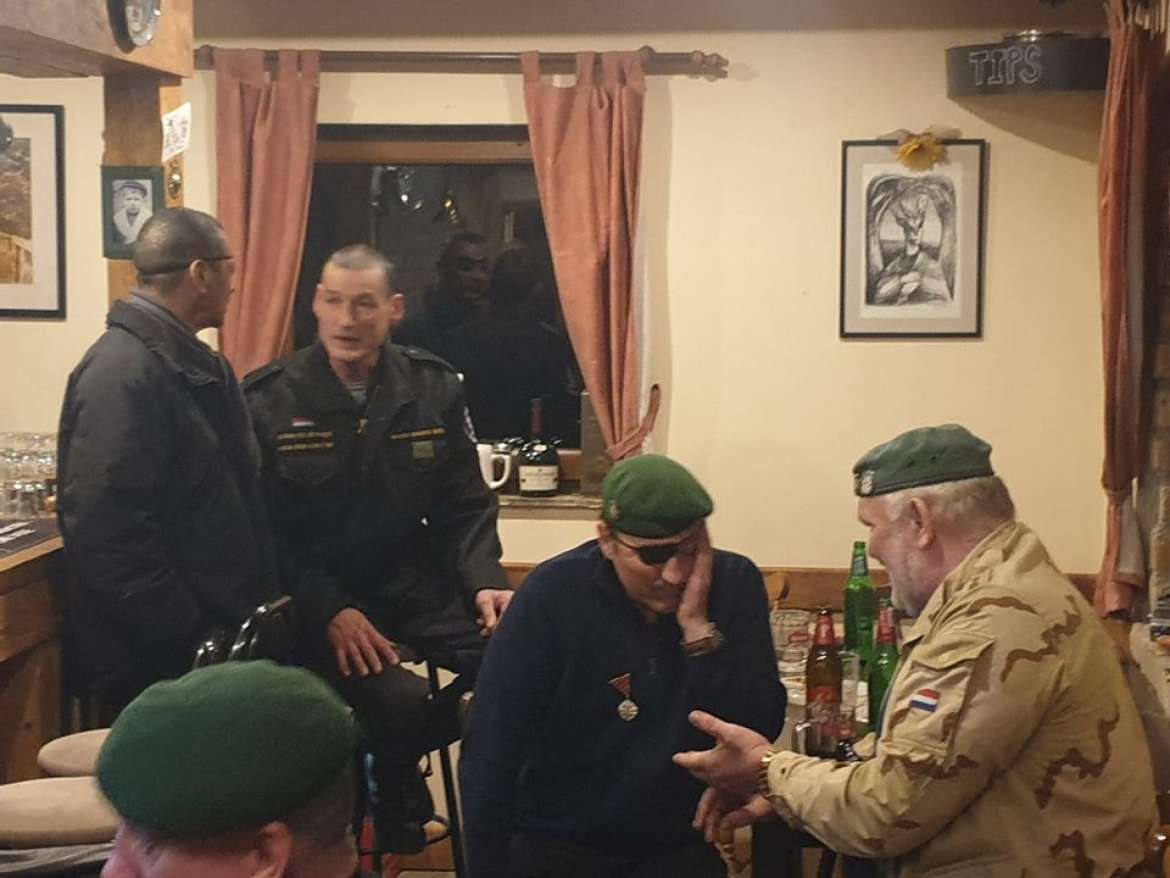
I finally met Steve on perhaps the most interesting night of the year at his pub, the White Boar. November 18, Vukovar Remembrance Day, as he holds a barbecue for all the foreign veterans who – like him – volunteered to fight for Croatia back in 1991 and 1992. It was quite an evening.
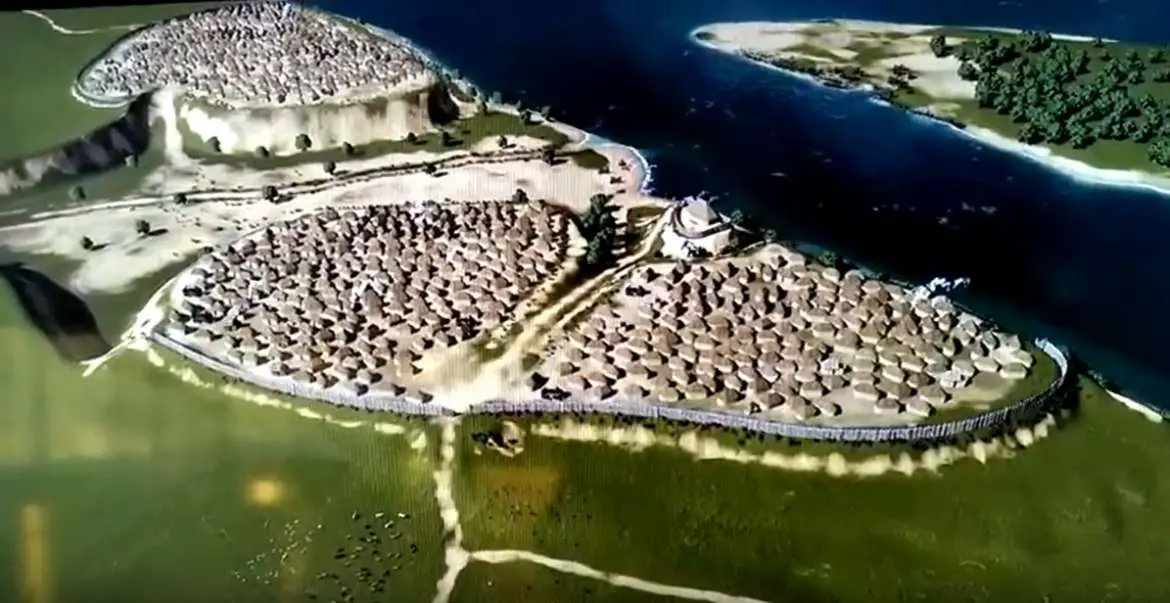
During the evening, he told me about another of his passions – metal detecting. He has been a keen metal detector for years, but imagine his joy when he found himself living in a town dating back 8,300 years, birthplace of two Roman Emperors, and just a short distance from the phenomenal Vucedol settlement, which we featured recently (see above).
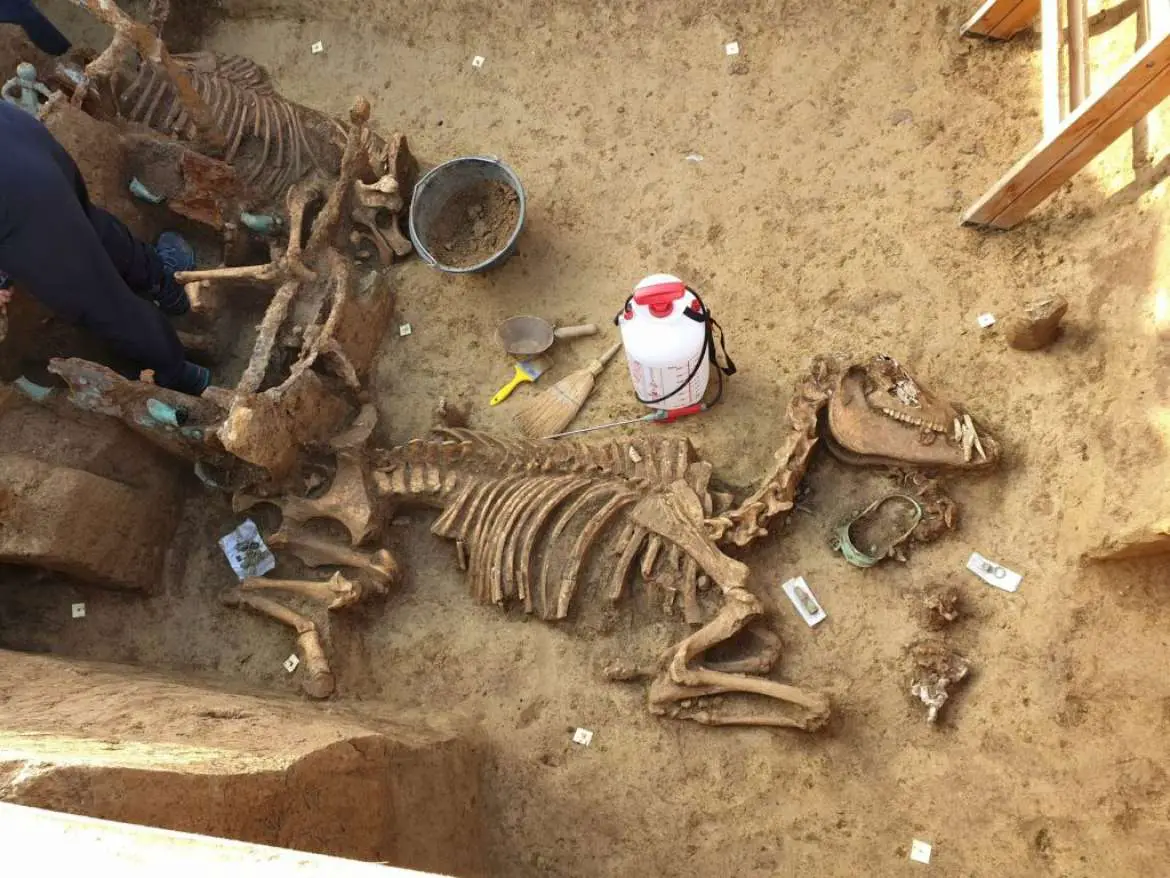
The recent find of a Roman chariot with horses close to Vinkovci was one of the global Croatian stories of 2019, and the more I looked into it, the more I realised that this whole section of eastern Croatia is arguably one of the richest untapped archaeological sites in Europe. And what a great playground this must be for a metal detectorist, provided he abides by the cultural heritage laws of the land, of course. Which Steve does absolutely. I was amused to learn that not only does Steve hold metal detecting tours for global enthusiasts, but at least three of them, all Brits, ended up buying houses in the field where his pub lies. The most unlikely of British colonies in eastern Croatia.
It had been on my list to catch up with Steve and learn more about metal detecting in Croatia, but I started with a little internet research, which brought me to my first amazing discovery – the unearthing of an Avar burial ground in Nustar by Steve and his Croatian metal detecting friend. A piece of land was slated to be turned into a football stadium, and when 17 graves were discovered while digging, their bones were taken and reburied elsewhere.
As you can see from Steve’s documentary in the video above, the Avar burial ground in Nustar yielded quite some treasure, and all thanks to two metal detecting enthusiasts and their quick reactions. Great story.
Steve’s metal detecting rallies seem pretty popular too – here is a report from an international visitor, from where many of these photos come from, and you can check out the video report in the video above. I contacted Steve to answer some questions about metal detecting. I was expecting some interesting responses, but nothing quite like what he sent, which I produce for you here, uncut.
1. You live in the oldest continuously inhabited town in Europe, 8300 years old. Tell us a little about how you felt about the potential as a man with a passion for metal detecting.
I have been a metal detectorist since 1976 when it was in its infancy in the UK. I never found anything really ancient but it didn’t matter, I was in it for fun not reward. In Croatia it was after the war that I realised just how rich they are was in ancient history and up until about 2003, I helped on archaeological digs for the town museum. After that I bought a metal detector hoping to use it with the museum and on my own searching out unknown sites. Unfortunately, the museum reacted negatively to this and reported me to the police. Meanwhile I published every single find on a web page (Ex Preteritus) which is still active. Museum staff informed the police that I was SELLING items on this site with no evidence at all, and I was arrested, my detector and computer were confiscated, which contributed towards the ill health I Have today. They decided there was no criminal case to answer to, but it took me a year to get my detector back (the police are in the habit of illegally confiscating detectors and were surprised I pushed for the return of mine.
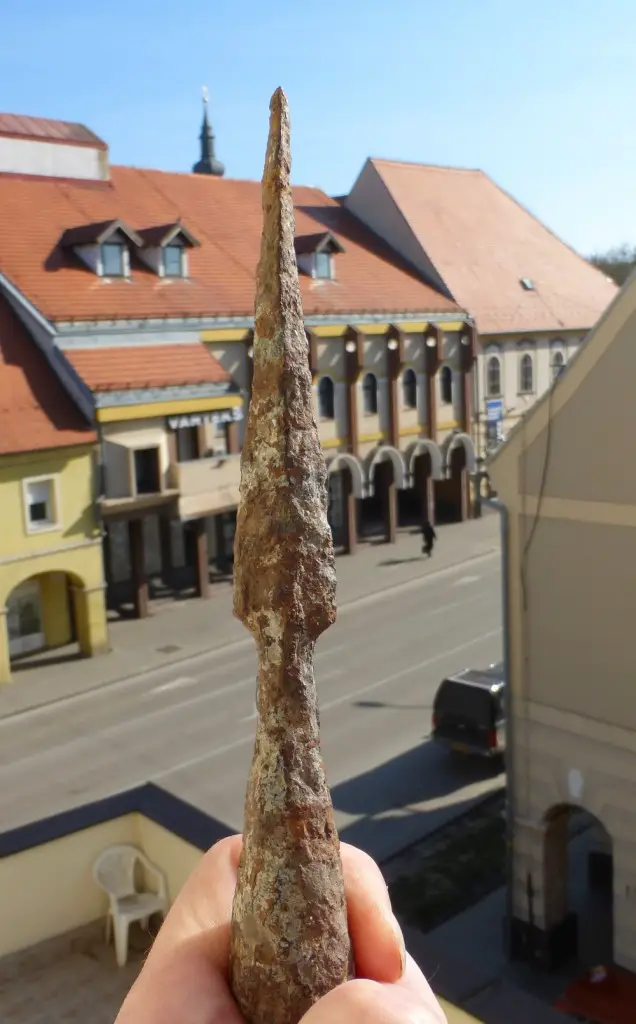
Eventually, a younger team took over at the museum and I managed to convince them that the detector was a tool that couldn’t be ignored and eventually the staff as a whole became pro-detector.
2. What are the rules? Presumably you can’t just find and keep your finds. How strictly are things enforced in Croatia?
There are no laws against metal detectors, but that doesn’t stop the police and aggressive museums from moving against them.
What there are are laws against “Illegal archaeological excavations” and “Taking into possession items of cultural value.” What this means is that if a local museum and the local police are on good terms, they will work together to prosecute detectorists on those two counts. This manifests itself in two ways. The law is that everything of cultural value belongs to the State. So, if a detectorist finds something, he should hand it in to the local museum or representative of the Ministry of Culture. In practice, museum staff have been instructed to break the law and REFUSE any items brought in from detectorists. On some more cynical occasions, a museum has taken the best items, told the detectorist he can keep the rest, the sent the police round. Osijek Museum is infamous for this. On a recent rally I sent out two scouts to find new fields and they were stopped by traffic police who looked in their camper van, saw their machines and arrested them. Two new detectives to the area were ready to charge them with illegal archaeological excavation, but the police chief who knows the local system tore into them and put them straight. Too long have lazy or jealous museum staff used the police to bully law-abiding detector hobbyists.
(Steve Gaunt, the metal detectorist)
3. I hear that your personal contribution to the museum in Vinkovci is quite significant. Can you be more specific?
My personal contributions are that I have discovered over 70 previously unknown sites and thousands of artefacts.
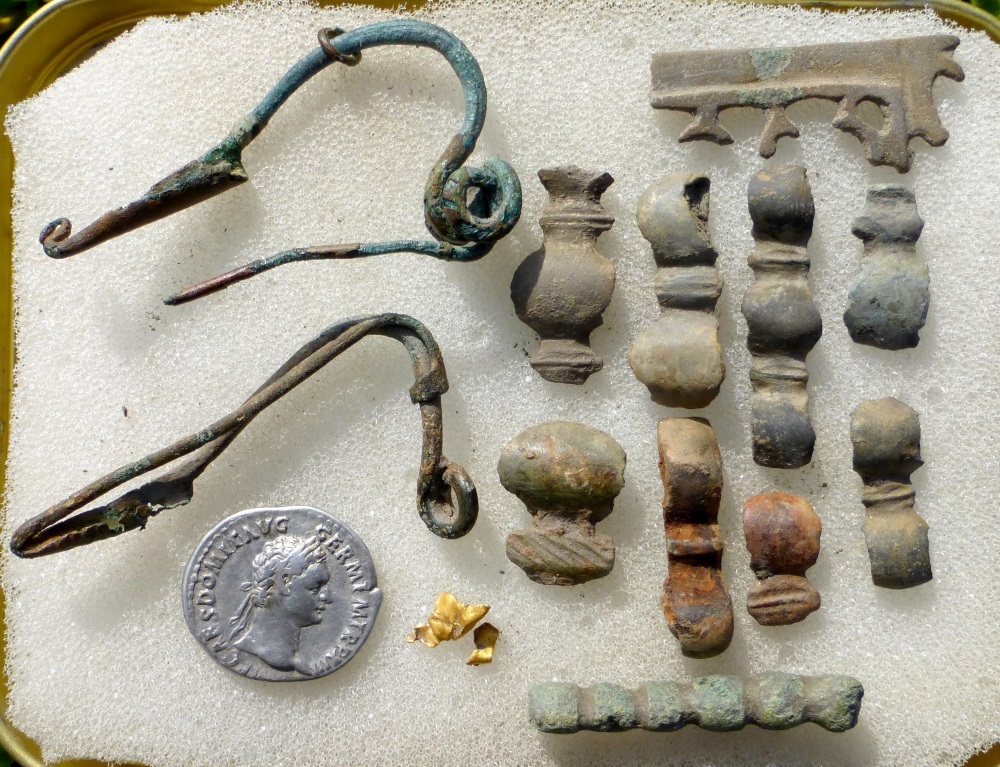
4. Tell us about some of the finds you have had?
I have found unique items, Celtic, Roman, Greek provincial and medieval coin hoards Whole burial grounds, lost villages and Roman villas.
5. Tell us about the archaeological potential you feel there is in this part of Europe. Vinkovci the oldest town, Vucedol an ancient culture etc.
With regard to potential, this changes from year to year. Ten years ago I could find the ruins of local buildings with perfectly preserved artefacts. But agriculture is the main enemy of archaeology. I can now inform the world that all metal age sites and most Neolithic sites on arable land in Croatia are totally ploughed out. What does that mean? It means that the plough has destroyed everything and all that is left are a few metal artefacts that deteriorate continually due to machine damage and chemicals. In a few years there will be nothing left for the detectorist to recover.
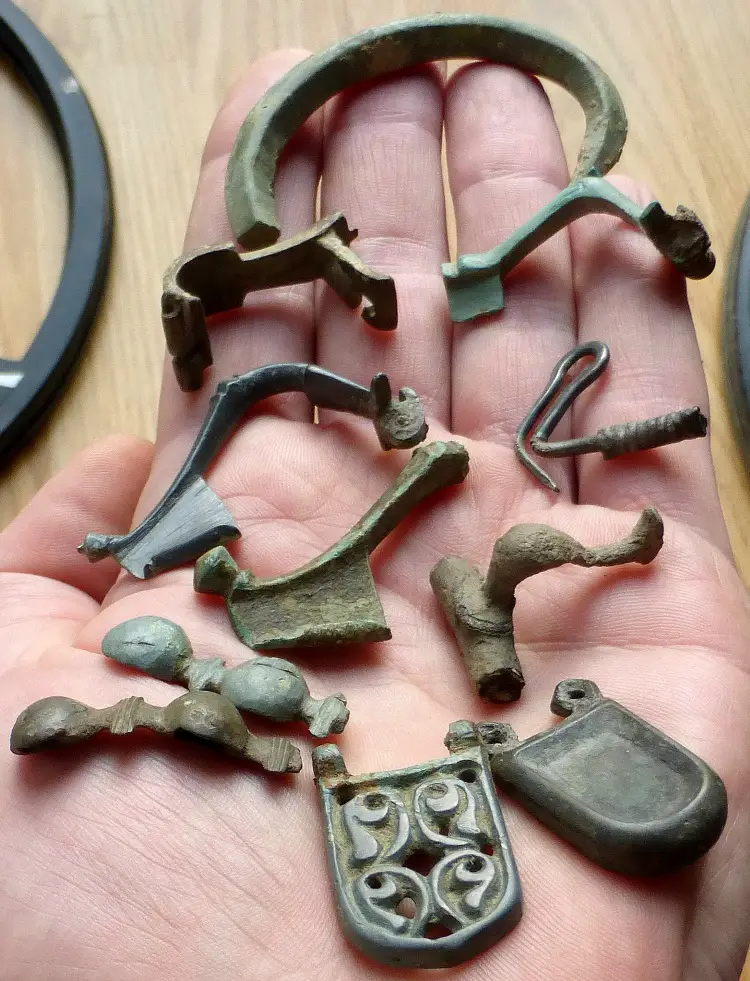
6. I am sure that metal detecting in this region has not been without controversy. Anything you would like to share?
Controversy. This means that detectorists can fill a museum with stuff and it is never mentioned, but the moment someone pockets a coin then the wave of hate descends upon us. A recent example shows the ignorance of many archaeologists. A deep tomb was excavated by robbers over time. When the staff of Varaždin Museum finally visited the site, they found that it had been systematically looted over time while no locals noticed anything. The archaeologist in charge then screamed to the press ” We knew something would happen when we saw detectorists in a field 3 kilometres from this site. Good grief! Unfortunately they continue in the same vein and recently Jutarnji List has repeated the same unfounded allegations. Archaeologists believe that commercial metal detectors can go 5 metres deep, when in reality its 25 cm.
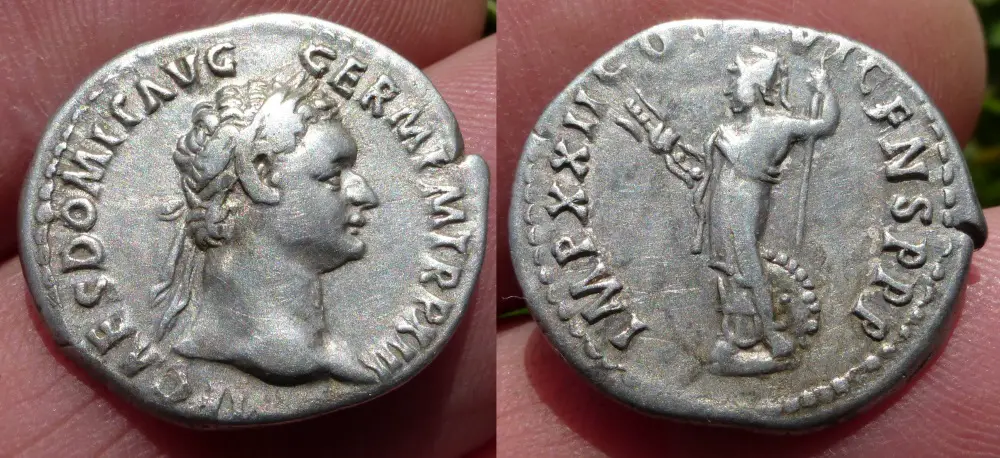
7. You have attracted some enthusiasts from the UK to this part of Croatia in search of treasures under the ground. Tell us more.
Due to the destruction of sites in Slavonia, I decided to organise two metal detecting events a year when right-minded folk could come over and help pinpoint sites and recover remaining artefacts for the local museums. Usually we worked with permission of the Ministry of Culture which allowed us to detect even on protected sites. We have had ten of these events to date.
https://www.youtube.com/watch?v=Lmx88kDf41A
8. When is your next tour and how do people sign up?
We are planning the next official tour in March 2021. You can contact me via the White Boar website for more information.
Apart from donating everything to Vinkovci Museum, Steve has also preserved a momento of some of his findings in a book he wrote – Medieval Ring Designs.
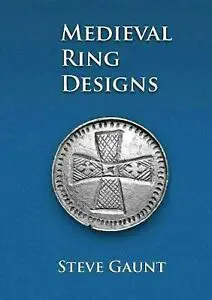
Want to learn more about the oldest continuously inhabited town of Europe? 10 things to know about Vinkovci.

